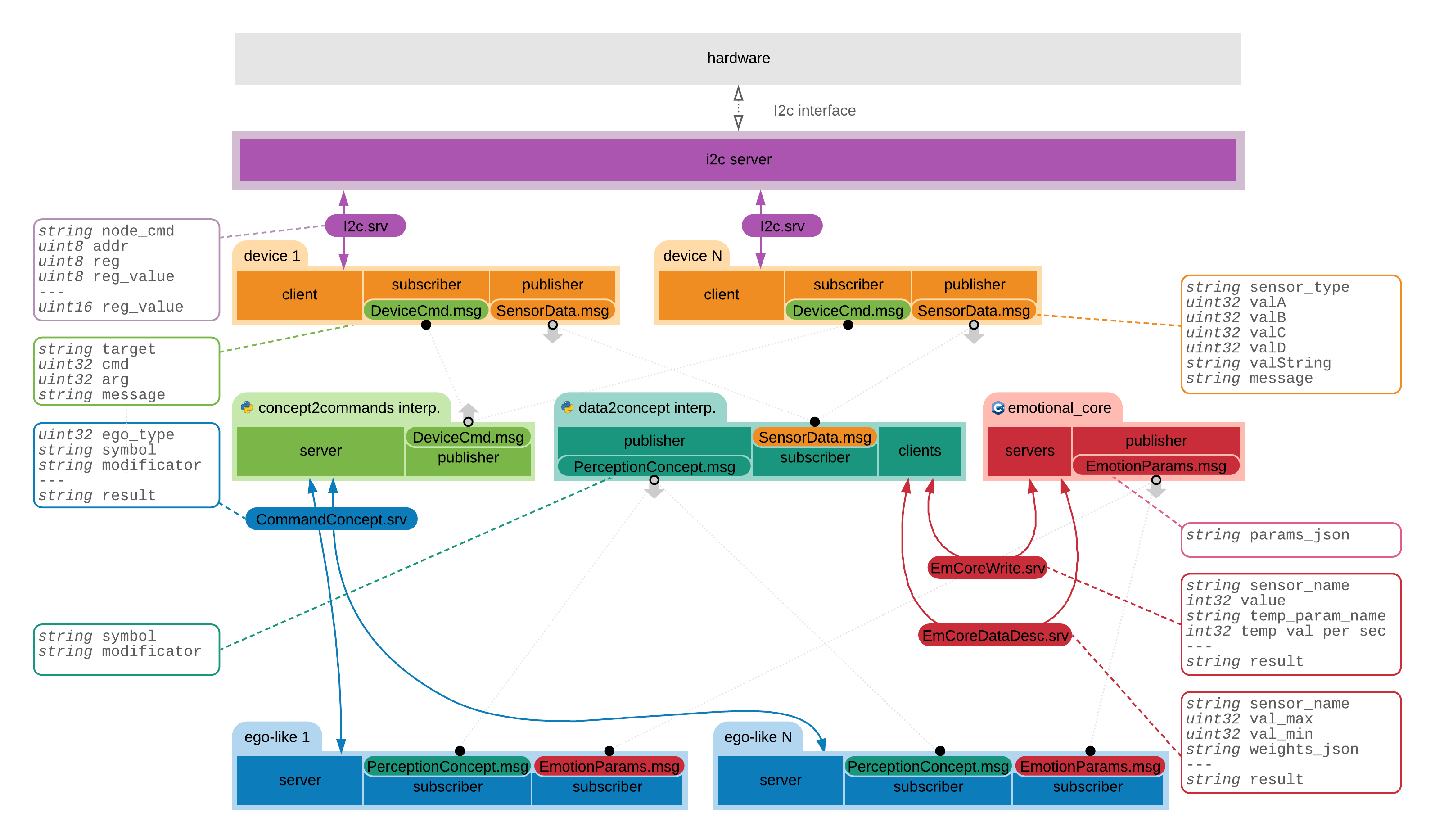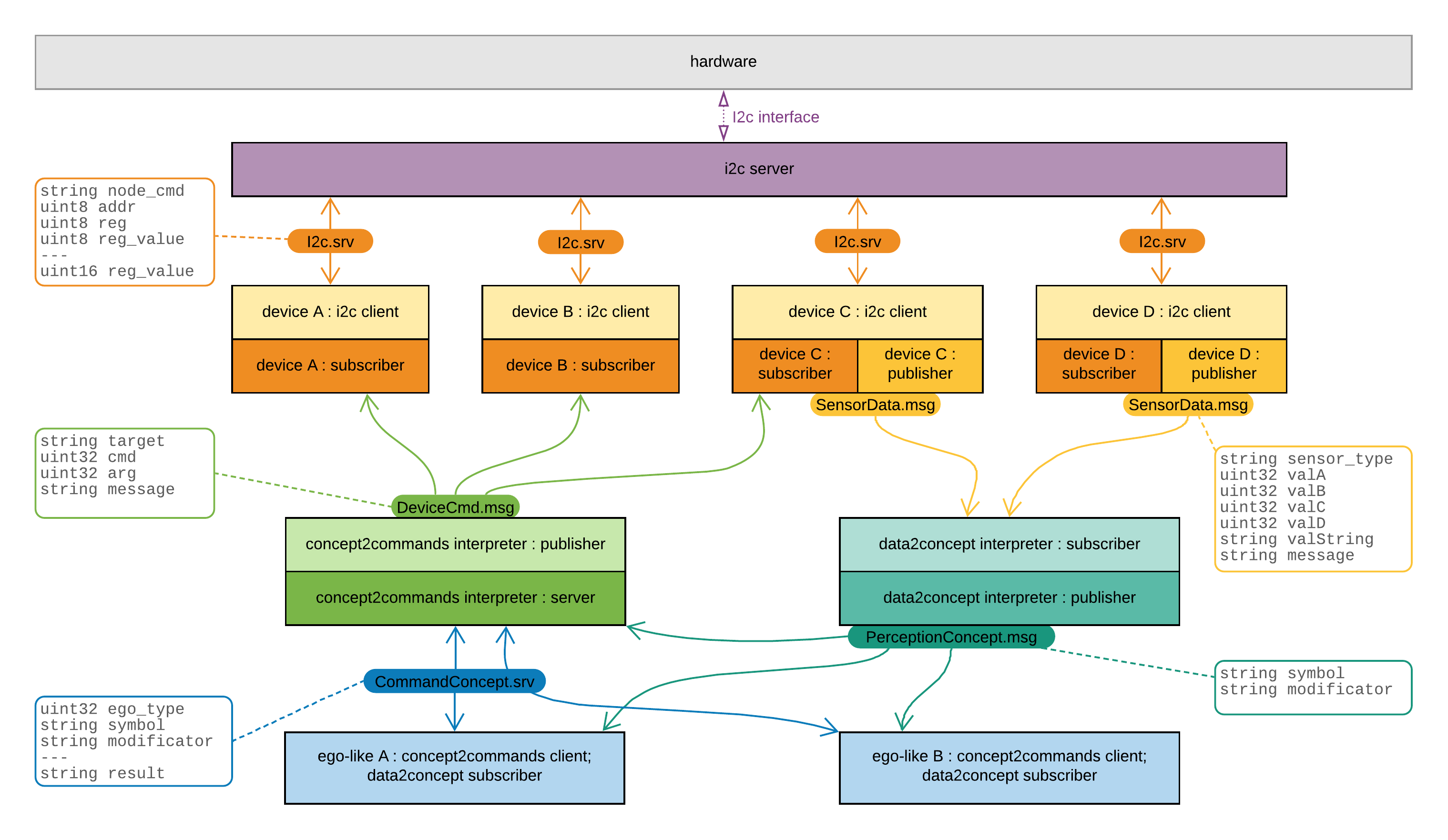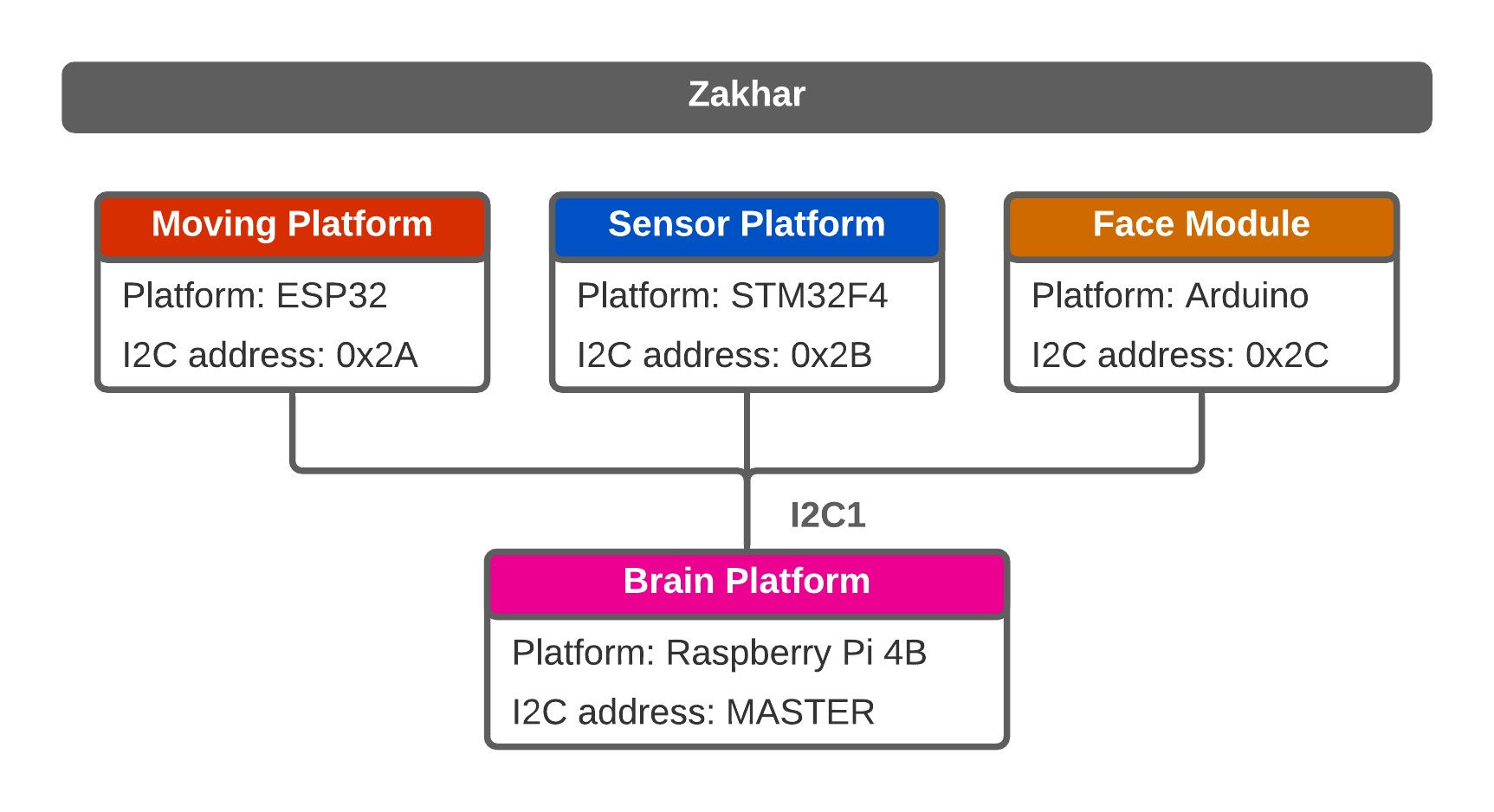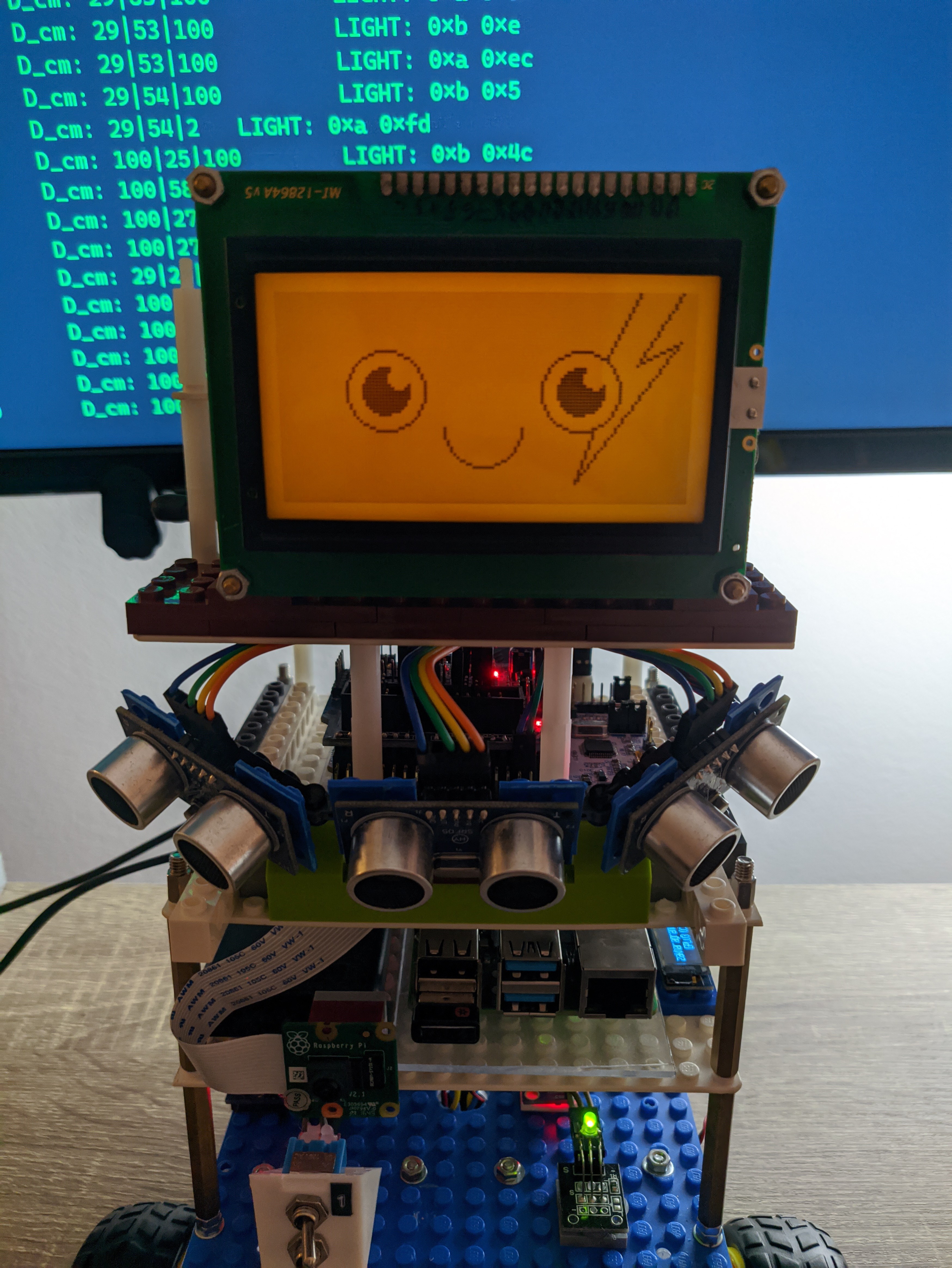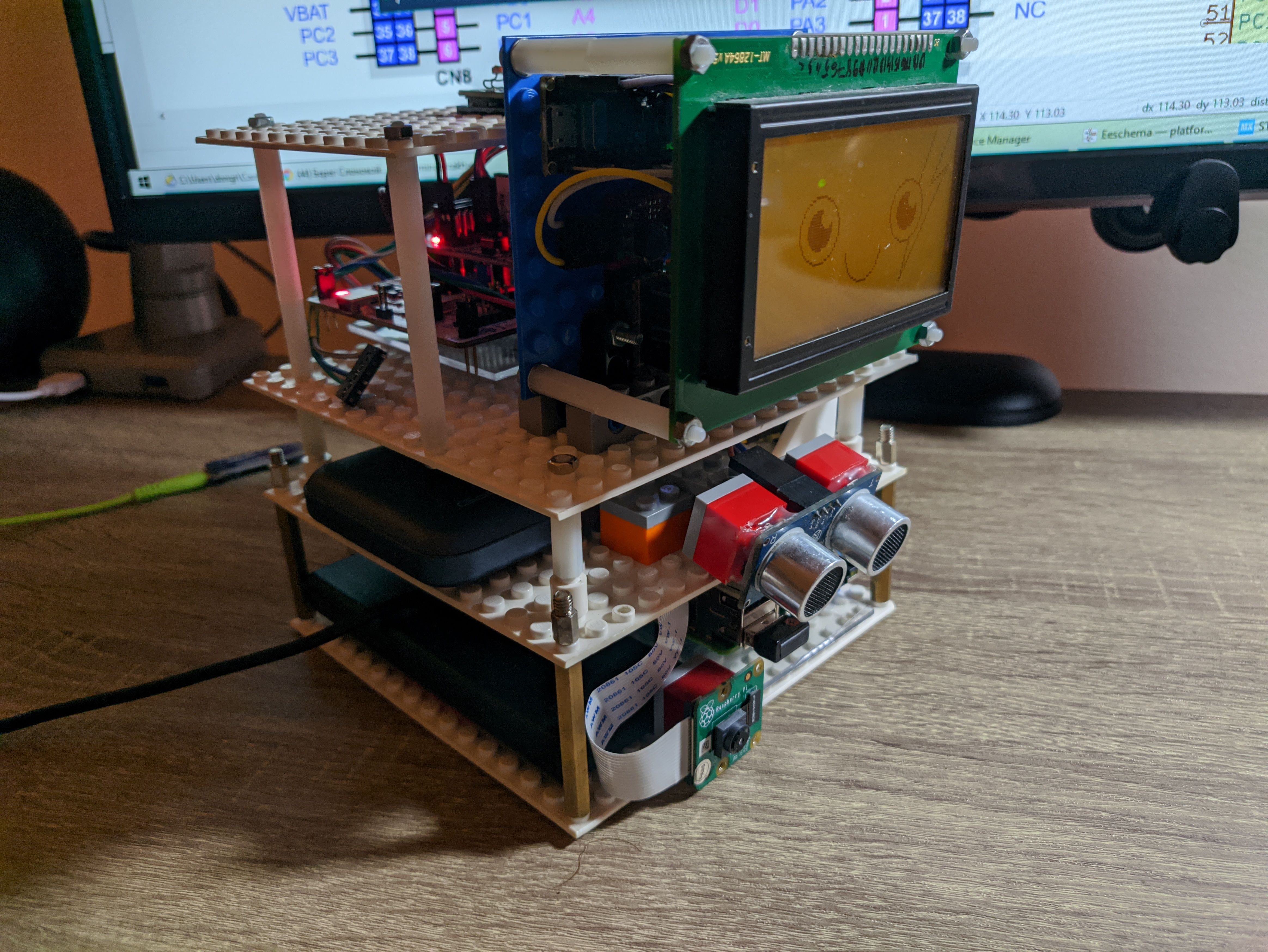"On the way to AliveOS" or "making of a robot with emotions is harder than I thought"
So, indeed, the more I develop the software for Zakhar, the more complicated it goes. So, first:
Contributions and collaborations are welcome!
If you want to participate, write to me and we will find what you can do in the project.
Second, feature branches got toooooo huge, so I’ll use the workflow with the develop branch (Gitflow) to accumulate less polished features and see some rhythmic development. Currently, I’m actively (sometimes reluctantly) working on the integration of my EmotionCore to the Zakhar’s ROS system.



